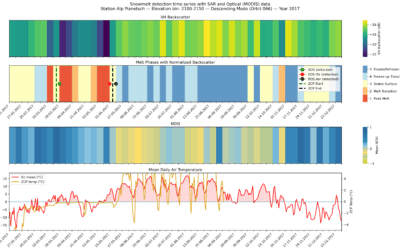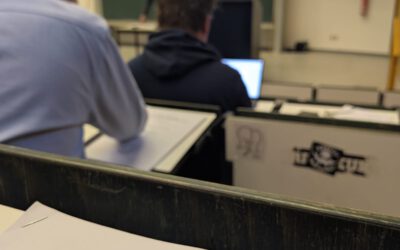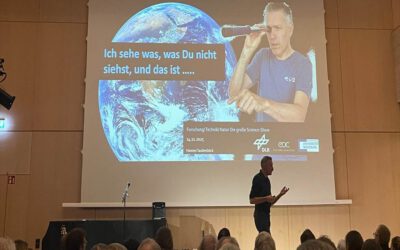Presentation at the Annual Conference of the German Society for Demography in Hamburg on the 20th of March 2024.
Our external doctoral student Tamilwai Kolowa, our guest lecturer Dr. Nikola Sander and Prof. Dr. Hannes Taubenböck presented joint work of the Federal Institute of Population Research (BiB), the Earth Observation Center (EOC) of the German Aerospace Center (DLR) and our Earth Observation research Cluster (EORC) at the Annual Conference of the German Society for Demography. The title of the presentation was “Tracing Suburbanization in Germany Using Gridded Population Data, 2011-2021”. https://dgd-online.de/wp-content/uploads/2024/03/DGD_BoA_2024.pdf
Here is the abstract of the talk: Urban and spatial demography have long focused on trends in urbanization and suburbanization and their demographic determinants. Population shifts across the urban[1]rural continuum can alter local demographics, affecting housing and social infrastructure accessibility for various demographic subgroups. In the context of suburban areas in Europe, especially Germany, there is consensus that most countries are undergoing suburbanization. Yet, detailed understanding of its effects at finer spatial scales, which could distinguish suburban from rural population changes, remains scarce. While remotely-sensed data has proven valuable for urbanization analysis based on urban forms, these approaches often lack direct ties to population data. This paper seeks to bridge this gap by combining a novel urban-rural gradient classification with gridded census and register-based population data to analyze urbanization and suburbanization trends in Germany between 2011 and 2021. Results point to a general trend of metropolitan growth, with an increase in urban and suburban populations, at a ratio of approximately 2:1. Population increased to a lesser extent in rural areas and towns not part of the 80 largest cities’ agglomerations. Statistic tests show that differences in growth rates among the settlement types are significant. These results may help to contextualize suburbanization trends observed from internal migration data.








